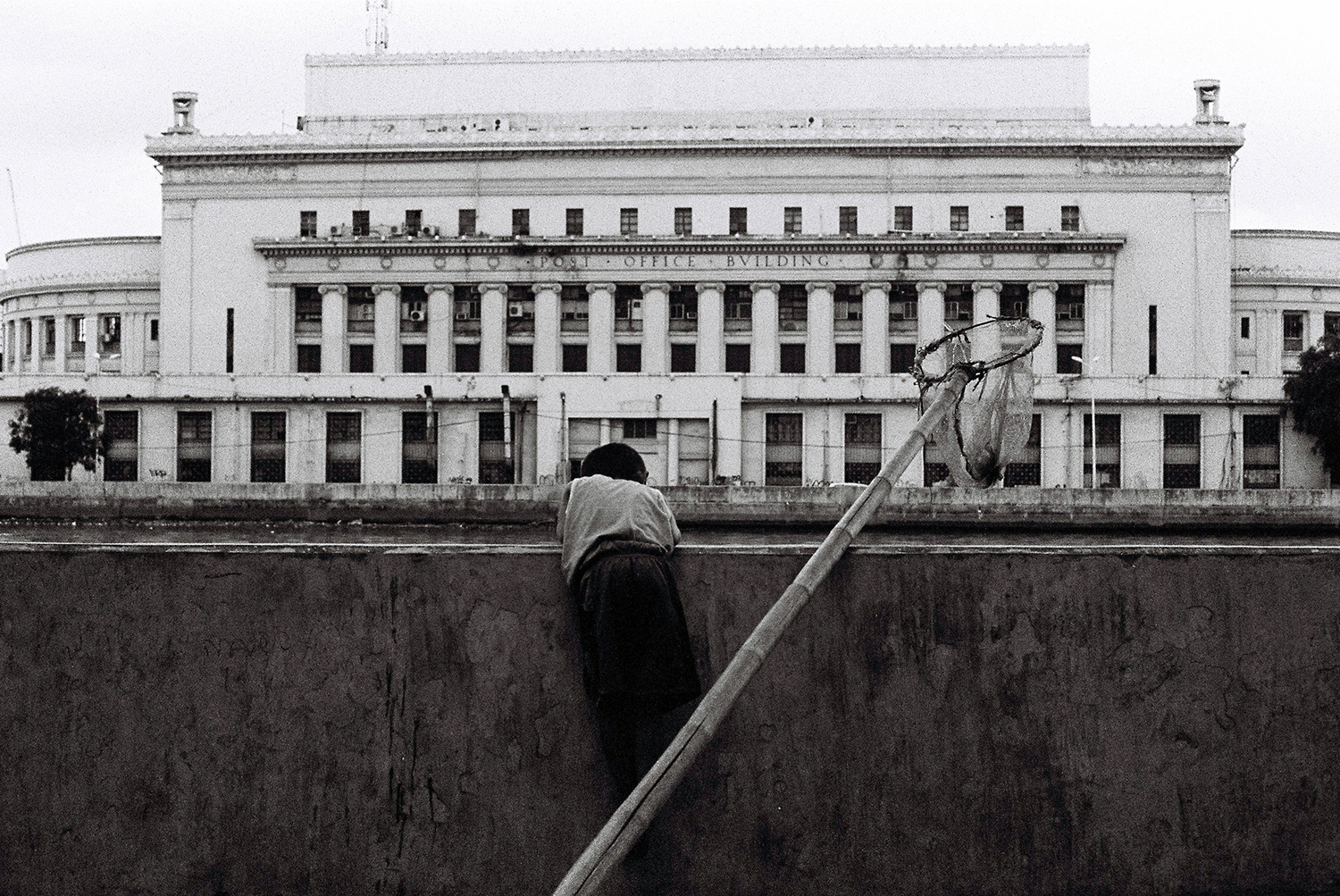Last Updated on 08/18/2018 by Mark Beckenbach
Given all the options we have with film photography today, why would it matter to master just one emulsion?
It took me a little over seven years of shooting film to come across an unusual idea about the medium: mastering just one emulsion. I say it’s unusual because part of film photographers’ mission these days is to try as many films as possible (especially the rare ones), before they all get killed off (yes, I’m looking at you, Fujifilm). Also, a big chunk of its appeal these days is the experimental nature, and it’s easy to see why. Ask anyone who shoots film about all the crazy stuff they’ve done (or plan to do) with their rolls and you’ll hear about stuff like multiple exposures, redscaling, cross-processing, film souping, and caffenol developing. For anyone who feels this much excitement over film photography, sticking to one emulsion even for a short while sounds a little boring.
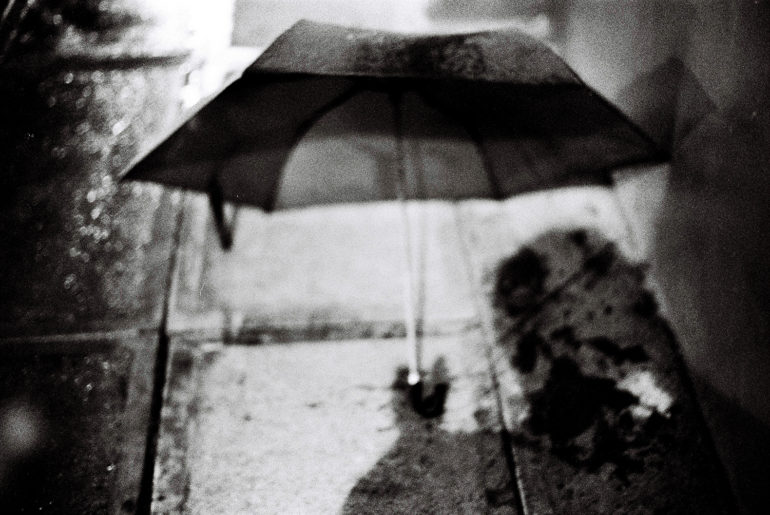
The idea was actually introduced to me by a long-time photographer I met who still shoots film, but most of the time with only one emulsion: Kodak Tri-X 400. There’s the occasional Ilford roll that he’ll shoot with, but he always comes back to Tri-X. Even if he often shoots fine art landscape photography with a high-end Fujifilm mirrorless camera now, he still speaks fondly of the photos he snapped with Tri-X. The last time he told me about a darkroom printing session he did with his Ilford rolls, he admitted that he was still more familiar with developing and printing Tri-X.
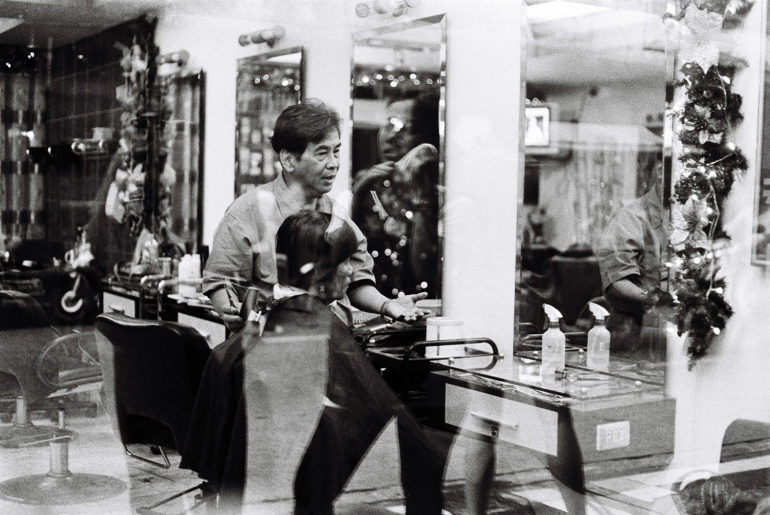
The more he explained to me why he always comes back to Kodak Tri-X 400, the more I understood why he sought to master the film. Back in the days, film was more abundant, but nevertheless still expensive. Photographers didn’t have the luxury of repeating the same shot with ease; a wasted roll meant going over everything from the beginning. So, it makes complete sense to master your equipment — including the quirks and qualities of the films you shoot with. For this long-time photographer (and many others out there, I’m sure) it meant mastering the emulsion from shooting, to developing, and printing.
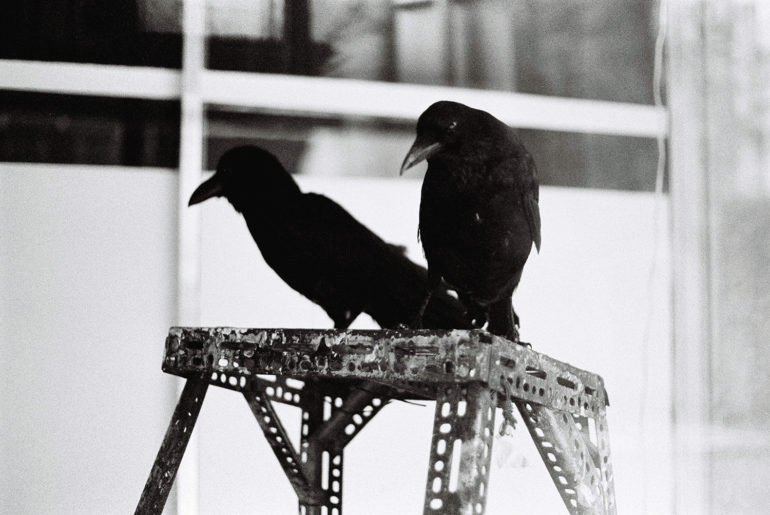
I know some of you may be thinking that film photography these days doesn’t require that level of technical perfection, especially since most of it is just for personal stuff and the occasional need to get creative with photography. Also, a lot of the situations and challenges that require such technical know-how have already been taken care of by today’s digital technology. So, might as well just scratch the itch and shoot with whatever film to your heart’s content.
The more I think about it, however, the more it makes sense to apply the same discipline to film photography today. The reason has never changed. When you choose to shoot with film, you might as well aim for the best results. There’s nothing to lose with knowing how to squeeze the best out of every 24 or 36 exposure roll. Film isn’t only still expensive today, it’s also getting harder to come by in some parts of the world. And those of us who do get our hands on some amazing emulsions should very well make every frame (and cent) count.
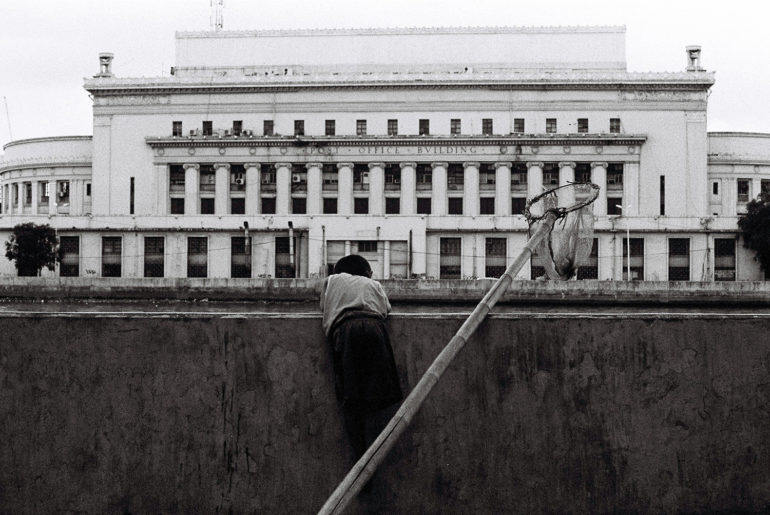
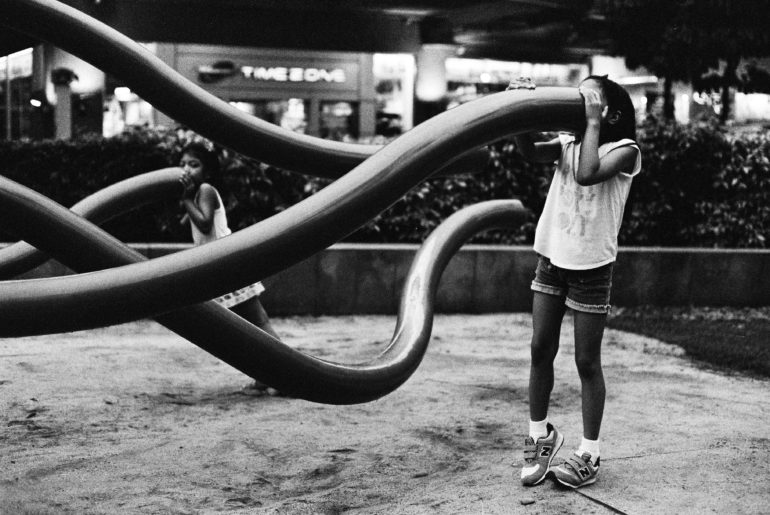
I thought long and hard about exactly why mastering at least one emulsion will be a worthwhile exercise at this time and age, when film isn’t even the main photographic medium anymore. I’ve broken it down to a handful of points that I think best applies to film photographers today, regardless of skill level, and whether they choose to shoot color or black and white.
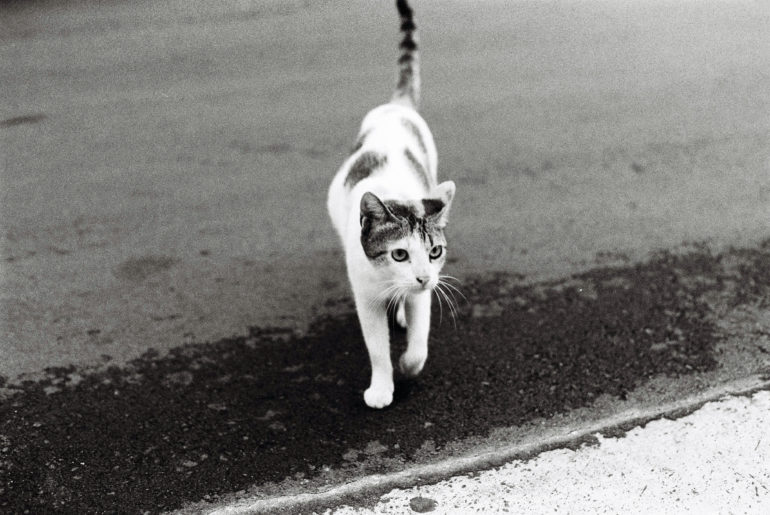
It Helps You Become a More Efficient Film Photographer
It’s pretty much self-explanatory: mastering a certain film helps you minimize mistakes and increases your “hit rate”, so to speak. Some of the more meticulous film photographers or even old timers that I’ve spoken with — those who are very critical of the photos they get out of a roll — find themselves happy having even three “usable” shots at most. Working with a film you’ve already mastered allows you to shoot more skillfully and with better accuracy, and thus helps you get more than just that.
You Will Know Beforehand How to Work with a Scene
When you know the capabilities and limitations of your film, you increase your chances of getting great photos. Having a film you’re very familiar with – almost to the point of shooting with it like it’s second nature – you already have an idea beforehand which scenes and situations you can best shoot with what you have.


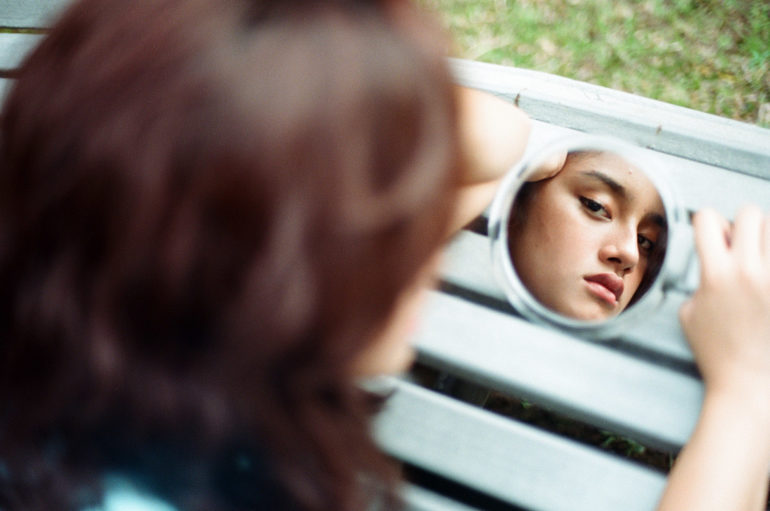
You Will Have a Good Idea of How Your Results Will Look
Once you get the two points above down pat, I’m sure you’ll have a pretty good idea of what results you’ll have, even if you don’t have the liberty of CHIMPING your shots. I think those who have really mastered their films down to developing and scanning also intuitively know how they’ll work with their rolls to get the results they want.
It Will Allow You to Make the Most Out of Your Precious Rolls
As much as I am optimistic about the future of film photography, I’m also aware that it’s possible we will have less choices to shoot with sometime in the future. The only way I can reconcile with this possibility is to know that I have made the most of my analog arsenal. Knowing precisely how to work with at least one certain film to get the results I want does exactly that.


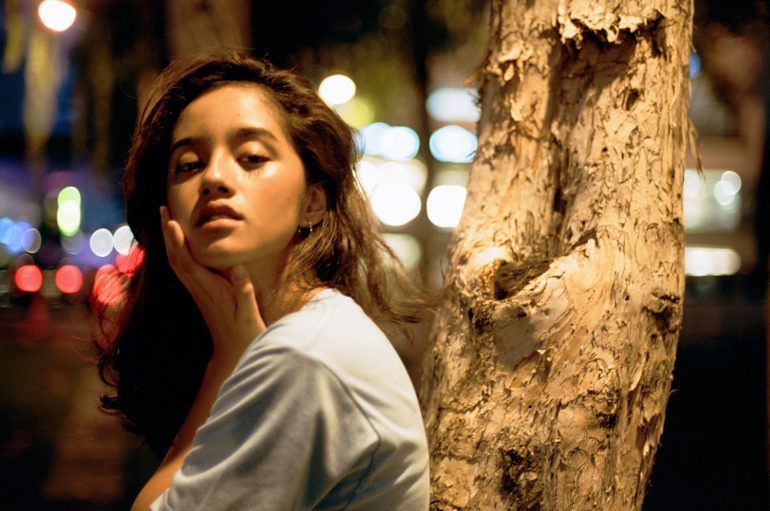
Your Work Will Look More Consistent and Deliberate
Consistency plays a major role when you’re working on projects, and it has become easy to achieve with digital photography. Applying presets and actions to your RAW files will quickly do the trick. Working with just one or two emulsions you’ve mastered does the same thing. As long as you shoot with fresh films (or at least those that aren’t many years past the expiration date), you’re going to get consistent results.
It Will Help Your Digital Photography
Let’s face it, film photography today involves adapting a partly digital workflow. Some of us who still shoot film are also shooting with digital cameras for work and commercial projects. The aesthetics, mood, and qualities of film often bleeds into our digital work, and that’s totally okay. When you feel like applying the look and feel of film to your RAW files, it becomes easier doing it with one or two emulsions you’ve mastered. Your projects aren’t at the mercy of some preset out there because you can do it yourself, exactly how you want it.
All photos were taken using Kodak Tri-X 400 and Kodak Portra 400, which of course, I hope to master one day.


